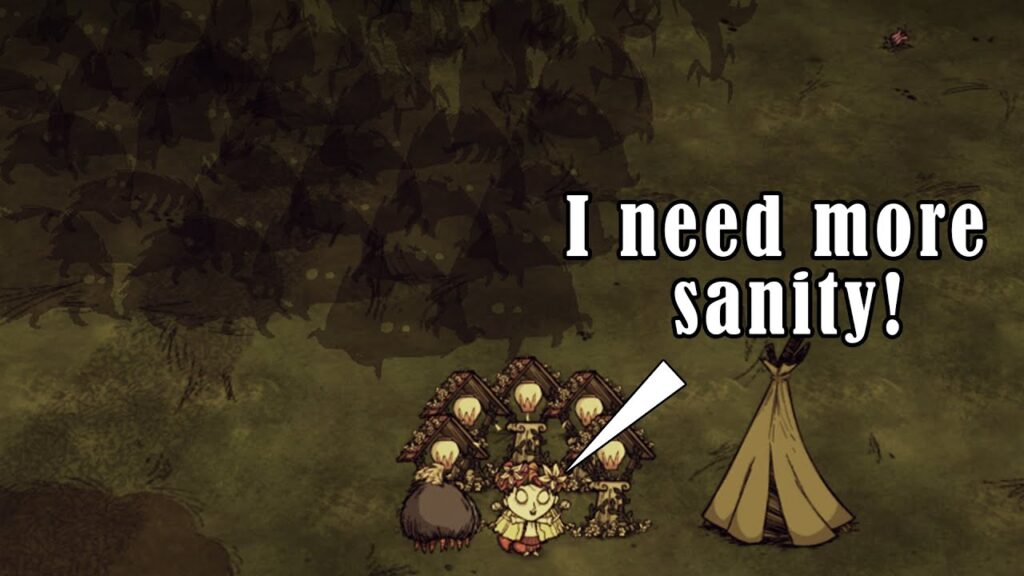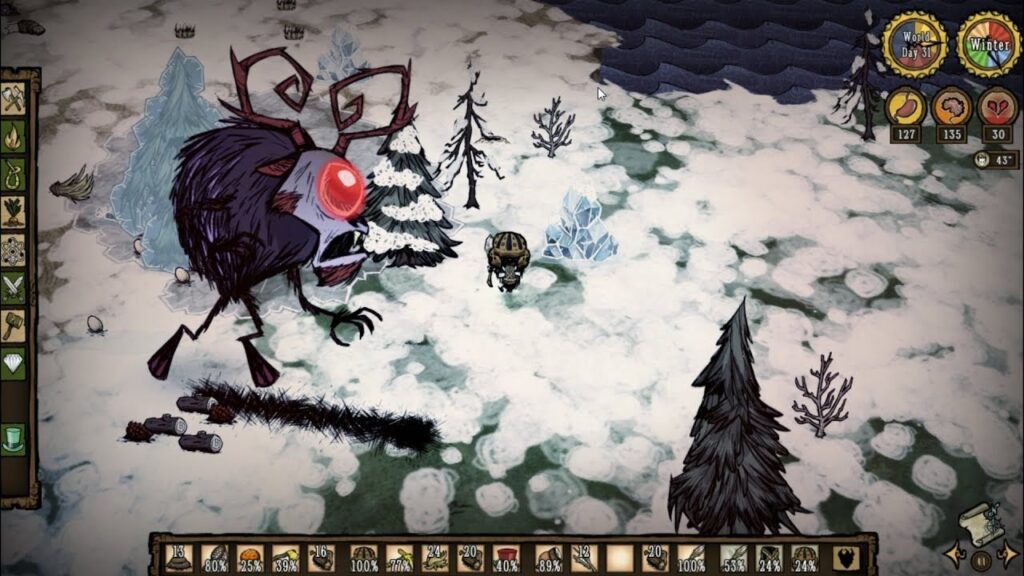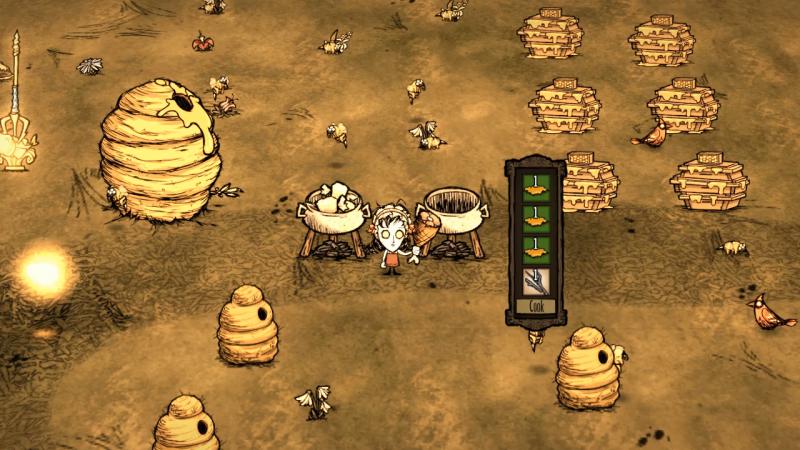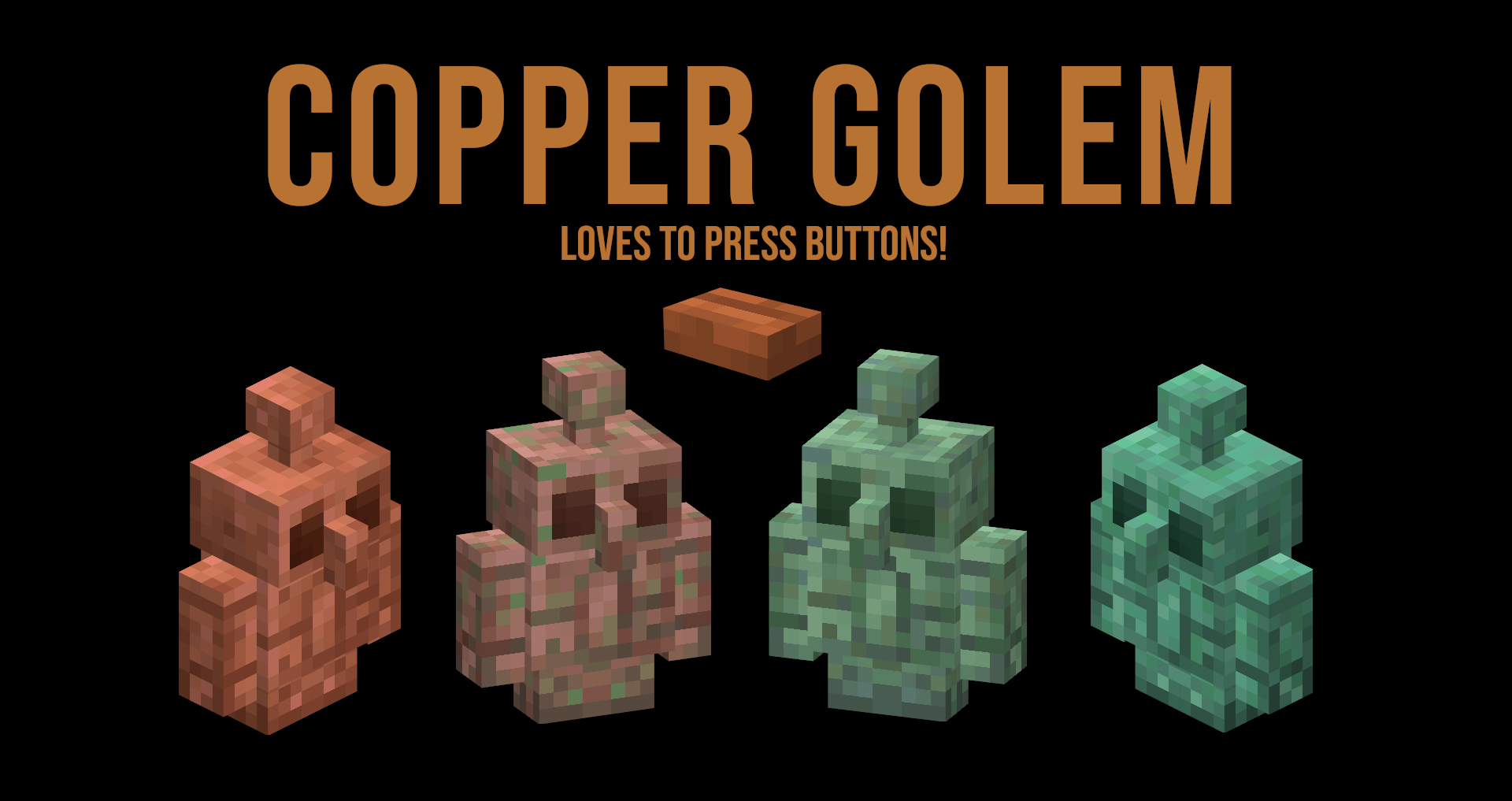Popular Now
Sanity in Don’t Starve Together (DST) is more than a background stat—it’s a ticking time bomb and a strategic resource wrapped into one. Unlike health and hunger, which are more straightforward to manage, sanity ties directly into the psychological decay of your character and alters the entire gameplay landscape. It spawns nightmarish creatures, mutates harmless environments, and tests your ability to survive under escalating mental pressure. This article takes a comprehensive dive into DST’s sanity system, breaking it down from early-game strategies to late-game management, including character-specific variations and unique mechanics introduced through updates and DLCs. Whether you're new to the Constant or a seasoned survivor, mastering sanity is crucial to long-term survival and teamwork.
Understanding the Sanity Mechanic in DST
The sanity system in Don’t Starve Together is a dynamic stat that fluctuates based on several in-game actions, time of day, and environmental factors.
-
What Affects Sanity:
-
Positive influences: Sleeping, eating cooked food, wearing specific clothing (like the Garland), and standing near friendly structures or fire.
-
Negative influences: Darkness, monsters, rain, spoiled food, and traumatic events (like death or haunting).
-
-
Sanity Thresholds:
-
Above 50%: Normal world, hallucinations invisible.
-
15–50%: Partial insanity, shadows flicker in and out.
-
Below 15%: Fully insane, shadow creatures become hostile and tangible.
-
This dynamic impacts gameplay significantly—sanity isn’t just a meter, but a gateway to otherworldly dangers and resources.

Early Game Sanity Management: The First Five Days
Surviving the early days in DST means understanding your surroundings and avoiding sanity drains.
-
Building Routine Quickly:
-
Gather flowers for a Garland (12 petals) to slow sanity loss.
-
Cook food over fire—raw food slightly reduces sanity over time.
-
Craft a torch for nighttime safety, as complete darkness rapidly drains sanity.
-
-
Avoiding Common Pitfalls:
-
Don’t pick evil flowers unless necessary.
-
Stay away from graves—digging them yields trinkets but severely drops sanity.
-
Avoid nighttime wandering without a light source or sanity-protecting gear.
-
By day five, you'll want your Garland, basic shelter, and a steady supply of food to ensure you stay mentally grounded.
Nighttime Strategies and Light Dependency
DST’s darkness is not just thematic—it’s a direct threat to sanity and life itself.
-
Charlie, the Unseen Menace:
-
If you stay too long in darkness, you get attacked by Charlie, a one-shot, sanity-draining entity.
-
Always carry extra torches, lanterns, or miner hats.
-
-
Campfire Comfort:
-
Standing near a fire slows or halts sanity decay.
-
Campfires should be fueled before nightfall to avoid scrambling under pressure.
-
-
Sleep Systems:
-
Straw Rolls and Tents allow players to sleep through night, recovering sanity but often costing hunger.
-
Using sleep tactically can be the difference between recovery and collapse.
-
Light is your mind’s best friend. Without it, you’ll slide into madness by defaul

Character-Specific Sanity Mechanics
Each survivor has unique sanity behaviors that dramatically change strategy.
-
Wilson: Neutral sanity behavior, a good baseline for learning.
-
Willow: Immune to fire sanity loss; gains sanity near fire.
-
Wendy: Loses less sanity from darkness and monsters; ideal for sanity-heavy situations.
-
Maxwell: High sanity pool (200) but fragile health; great for early magic but dangerous when insane.
-
Wigfrid: Gains sanity only through combat; needs aggression to stay sane.
These mechanics redefine sanity management per character. Tailoring your playstyle to match your character’s mental profile is crucial.
Insanity Farming and Shadow Creatures
Oddly enough, low sanity has its perks. Shadow creatures drop useful items like nightmare fuel, crucial for crafting.

-
Farming Tips:
-
Deliberately lower sanity using cooked green mushrooms or reading certain books.
-
Use bait like cooked monster meat (which lowers sanity) and stay near base for safety.
-
-
Combat Strategy:
-
Shadow creatures include Crawling Horrors and Terrorbeaks.
-
Use armor (Log Suit, Football Helmet) and reliable weapons (Spear, Tentacle Spike).
-
Fight them one at a time to avoid being overwhelmed.
-
Turning insanity into an asset is a key milestone in DST proficiency.
Mid-Game Sanity Boosting Equipment
Once you’ve stabilized your base, it’s time to prepare gear that keeps your sanity afloat.
-
Best Items for Sanity:
-
Top Hat: Simple, provides passive sanity gain.
-
Tam o’ Shanter: Rare but extremely effective.
-
Umbrella: Prevents rain-related sanity loss.
-
Thermal Stone: Indirectly helps by avoiding freezing damage (a sanity drain).
-
-
Magical Items:
-
Prestihatitator and Shadow Manipulator: Allow crafting sanity-related magic gear.
-
Nightmare Amulet: Enables crafting while insane but drains sanity rapidly.
-
These items are investments that pay off in long-term stability and high-tier crafting.
Environmental Sanity Hazards and Seasonal Threats
Different seasons and environments introduce varied sanity challenges.
-
Winter:
-
Cold drains sanity; wear warm clothes like the Beefalo Hat or Winter Hat.
-
Nights are longer—prepare extra fire fuel and sleeping options.
-

-
Spring:
-
Constant rain saps sanity unless you're using rain gear (Umbrella, Eyebrella).
-
Frogs and aggressive mobs make exploration riskier.
-
-
Caves and Ruins:
-
Permanently dark, forcing you to rely on light gear.
-
Enemies like Depth Worms and Nightmare creatures abound.
-
Sanity plummets faster underground—prepare accordingly.
-
Adapting to environmental pressure is a long-term test of your sanity strategies.
Teammate Synergy and Shared Sanity Tactics
DST’s cooperative nature allows for shared sanity strategies that benefit the whole team.
-
Group Tactics:
-
Multiple players sleeping boosts group sanity quickly.
-
Assign roles—one player crafts sanity items, another fights shadows for fuel.
-
Use “comfort zones” with tents, firepits, and Crock Pots to stabilize sanity.
-
-
Multiplayer Pitfalls:
-
Ghosts of dead players drain sanity fast—revive them quickly.
-
PvP sanity attacks (e.g., griefing) can ruin sanity equilibrium.
-
With coordination, sanity becomes a shared resource and responsibility.
Advanced Sanity Manipulation: Magic and the Nightmare Cycle
Later in the game, sanity becomes a mechanic to manipulate rather than avoid.
-
Nightmare Cycle in Ruins:
-
The cycle toggles between Calm, Warning, Nightmare, and Dawn phases.
-
Nightmare phase spawns aggressive creatures and alters terrain—great for fuel farming.
-
-
Magic Tools:
-
Dark Sword: High-damage weapon crafted with nightmare fuel, drains sanity.
-
Night Armor: Great defense, but sanity-draining.
-
Shadow Creatures as Resources: Kill them to power magical weapons and structures.
-
Using the nightmare cycle tactically is essential to unlocking the late-game’s full potential.
Recovering From Sanity Collapse
Even experienced players can spiral into madness. Knowing how to recover is vital.
-
Quick Fixes:
-
Cooked green mushrooms: Fast sanity gain, found in caves and overworld.
-
Crock Pot foods: Taffy, Jerky, and Pumpkin Cookies provide sanity boosts.
-
Pick flowers or sleep: Reliable but slow recovery.
-

-
Emergency Protocol:
-
Drop combat gear, run to a fire, craft Garland or Top Hat, and cook high-quality food.
-
If near base, enter Tent or Siesta Lean-to.
-
Recovering from zero sanity teaches resilience and planning under pressure.
Conclusion
Sanity in Don’t Starve Together is not a stat to be ignored—it shapes the very fabric of survival. From gentle early-game adjustments like picking flowers and wearing a Garland to complex late-game strategies involving nightmare fuel, magic crafting, and calculated insanity farming, managing your character’s mind is one of the game’s most intricate and rewarding challenges. It demands foresight, adaptability, and deep knowledge of both your character and the evolving environment. Whether you’re lighting your first fire or summoning shadow minions, sanity is your constant companion—and sometimes your deadliest foe.
















